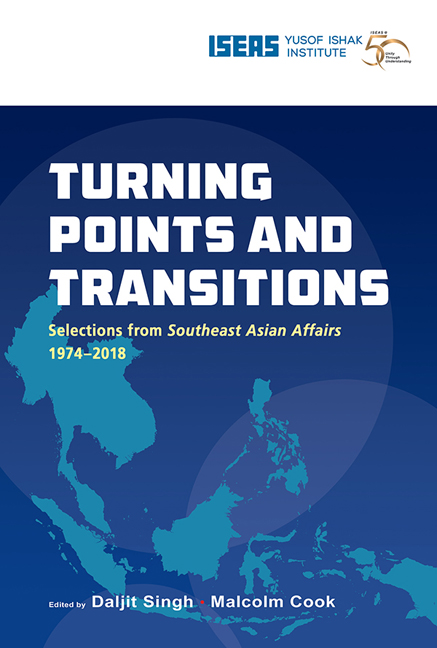Laos: The Chinese Connection (2009)
from LAOS
Published online by Cambridge University Press: 29 May 2019
Summary
The title of my first contribution to Southeast Asian Affairs in 1980 was “Laos: The Vietnamese Connection”. A great deal has happened in the Lao People's Democratic Republic (LPDR) over the past three decades, both internally, and in its relations with its neighbours. The Lao People's Revolutionary Party (LPRP) is still in power, but it is a party riven by ambition and greed. The country is wealthier than it was thirty years ago; but the urban-rural divide is more marked than ever. Wealth is concentrated in the cities, most of it in the hands of Party members and their families. The resources of the country, which the French had glimpsed a century before, most of which are located in rural areas, are now being rapidly exploited, but not for the benefit of the rural majority. Neighbouring states have hungrily eyed these resources, and seized their opportunities to obtain a share — none more so than China. So just as what was interesting about Laos in 1980 was the Vietnamese connection, so in 2009 what is interesting is the developing Chinese connection, and what this means for Lao politics and policies.
To focus on the Chinese connection is not to suggest that the Vietnamese connection no longer matters. It certainly does. Rather it is to focus on economic and political changes that are now taking place. What I want to do in this article is to examine the changes that were becoming apparent in 2008 in three areas: in politics; in economic development; and in international relations. But I shall deal with these in the reverse order, for Lao politics are all but opaque in the absence of any media reporting or discussion, and it is only by examining the shifting influence of neighbouring states, and popular responses to the impact of development policies, that some light can be cast on Lao politics.
International Pressures
The Rise of China
In early 2008, for the first time the growing Chinese presence became a matter of popular concern and debate in the LPDR. The trigger was an announcement in September 2007 that a consortium of three Chinese companies would build a new 20,000-seat stadium in Viang Chan (Vientiane) in time for Laos to host the Southeast Asian games in December 2009.
- Type
- Chapter
- Information
- Turning Points and TransitionsSelections from Southeast Asian Affairs 1974-2018, pp. 384 - 398Publisher: ISEAS–Yusof Ishak InstitutePrint publication year: 2018

